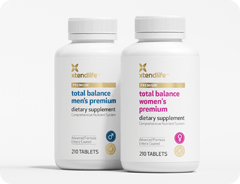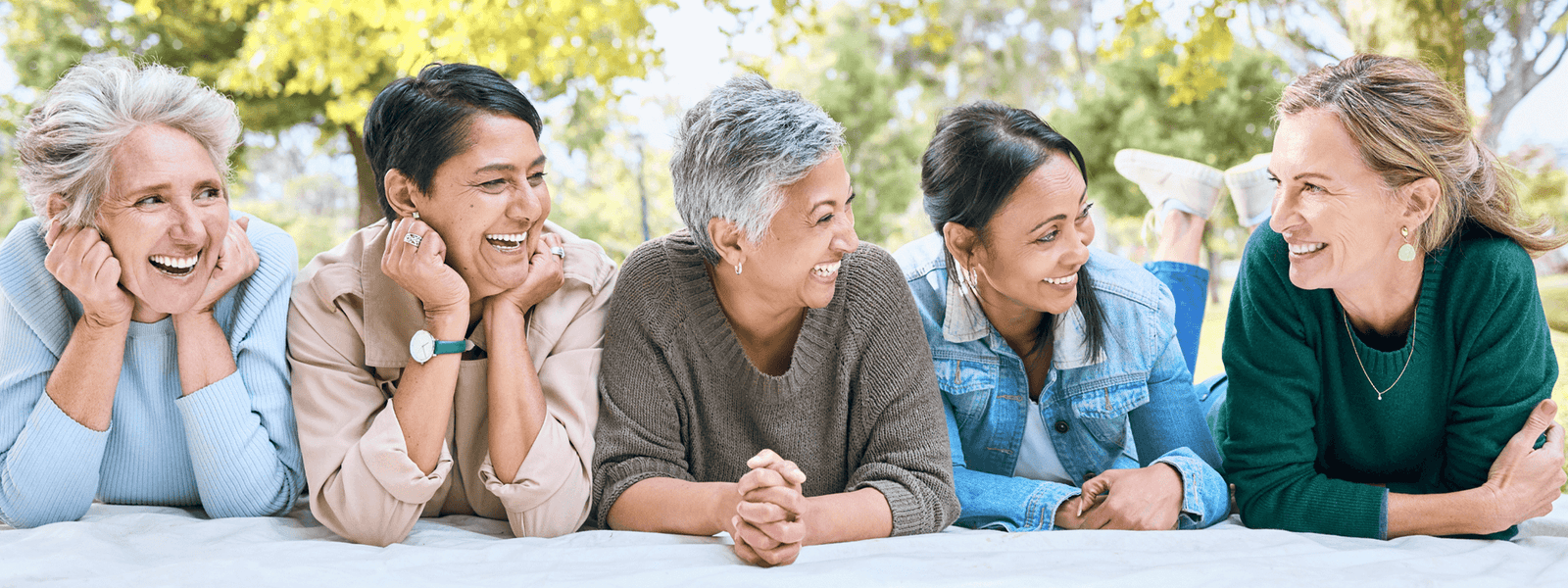Endometriosis is a condition that occurs when the tissue that lines the uterus, the endometrium, which is usually shed during menstruation, grows outside the uterus, impacting the ovaries, intestines, and the tissue lining the pelvis. Because it can have a negative influence on many different areas of the body, it makes the pain difficult to pinpoint and often results in a wealth of misdiagnoses.
The pain comes when the misplaced endometrium performs as it should – thickening during ovulation and breaking down during the menstrual cycle – but then has no way to escape the body. It instead becomes trapped and causes irritation, cysts, and inflammation. (Ref. 1)
In addition to causing pain during the menstrual cycle including severe cramps that worsen over time, it can also lead to chronic lower back pain, pain during sex, intestinal pain, and infertility.
Of course, most of these are pretty sensitive topics and some women may not be comfortable discussing their pain – especially when they’ve been told since she began having periods that cramps were a normal part of the process.
All in their heads
While the 1880s were revolutionary for women in part due to the invention of the vibrator - developed by Dr. Mortimer Granville as a way to cure women’s hysteria (as seen in the 2011 movie of the same name - it also revealed the backward thinking of most physicians of that time. For woman, many of their health issues were seen as some kind of emotional hysteria that had no real bearing on their physical health or well-being.
In many ways, these problems have carried over into contemporary medicine. Women’s magazines continue to carry cautionary tales of women who saw doctor after doctor before being diagnosed correctly, and in the United States, heart disease continues to be underdiagnosed in women because the symptoms are so different from men’s, and men are seen as the bigger risk, despite numbers that say differently.
So, what’s a woman with endometriosis to do?
The World Endometriosis Research Foundation (WERF) estimates that one in 10 women worldwide suffer from endometriosis, a disease that invades the most personal parts of their lives.
Often genetic, endometriosis can also be caused by a compromised immune system, elevated levels of estrogen, and a host of other things ranging from surgical error to exposure to pesticides. (Ref. 2)
“There is no known cure, and although endometriosis can be treated effectively with drugs, most treatments are not suitable for long-term use due to side effects,” the WERF says on its website. “Surgery can be effective to remove endometriosis lesions and scar tissue, but success rates are dependent on the extent of disease and the surgeon’s skills.”
Who’s at risk
While endometriosis can begin as early as a woman’s first period, there are some specific risk factors, including:
- You’ve never had a child
- Your menstrual periods last longer than seven days
- You have shorter menstrual cycles
- You have a genetic history of endometriosis in your family
- You have a health issue that prevents normal menstrual blood flow
- You’ve had a pelvic infection that caused damage to cells and disrupted the normal function of your uterus. (Ref. 3)
Natural tips to manage your pain
If you are suffering from endometriosis, here are some tips that may help to ease the pain.
- Exercise regularly to maintain your estrogen levels.
- Maintain a healthy weight.
- Try acupuncture to help ease pain.
- Limit alcohol and caffeine in your diet, both of which cause increased pain.
- Try herbal treatments to control estrogen levels, especially chasteberry and dong quai, which have undergone studies. (Ref. 4)
Our Xtend-Life Hormone Support For Her contains both key ingredients, as well as others designed to help support muscle relaxation, encourage better blood flow, and support hormone balance. (Ref. 4)
We hope that there are some tips here that are helpful.


 Supplements
Supplements Bundles
Bundles









